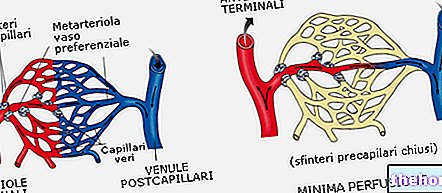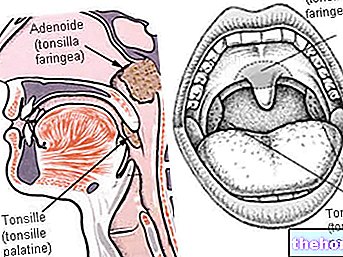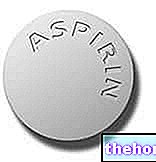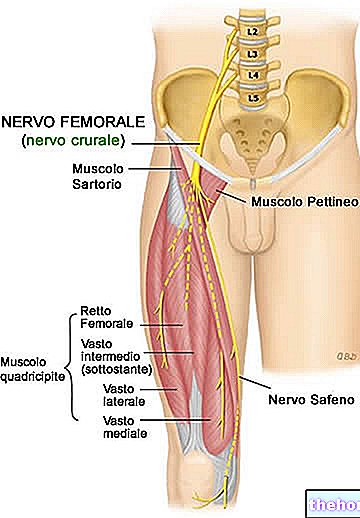An athlete's heart is very different from the enlarged heart of a heart patient. The heart, with its thickened walls (as a consequence of prolonged physical exercise) has a type of myosin with greater ATPase activity, and its coronary type vascularization is better; the better is therefore also the state of nutrition of the cells.
The major contribution of the increase in the volume of the heart is given above all by the dilation of the four heart chambers (atria and ventricles).
The main adaptations that occur when we talk about an athlete's heart can be summarized as follows:
- bradycardia (due, in part to the lowering of the intrinsic frequency of signaling, in part to a decrease in sympathetic tone);
- increase in the coronary reserve (ie the ability of the coronary circulation to increase blood flow as a result of physical activity);
- increase in the caliber of the arteries and veins at the level of the peripheral circulation.
Related articles: Athlete's heart and cardiovascular adaptations to training
The cardiovascular system
The heart
Other articles on "The Athlete's Heart"
- cardiovascular system
- cardiological examinations
- cardiovascular pathologies
- Congenital aortic stenosis; aortic coarctation; stenosis and mitral insufficiency
- cardiovascular pathologies 3
- cardiovascular pathologies 4
- electrocardiographic abnormalities
- electrocardiographic abnormalities 2
- electrocardiographic abnormalities 3
- ischemic heart disease
- screening of the elderly
- competitive fitness
- cardiovascular sports commitment
- cardiovascular commitment sport 2 and BIBLIOGRAPHY




























